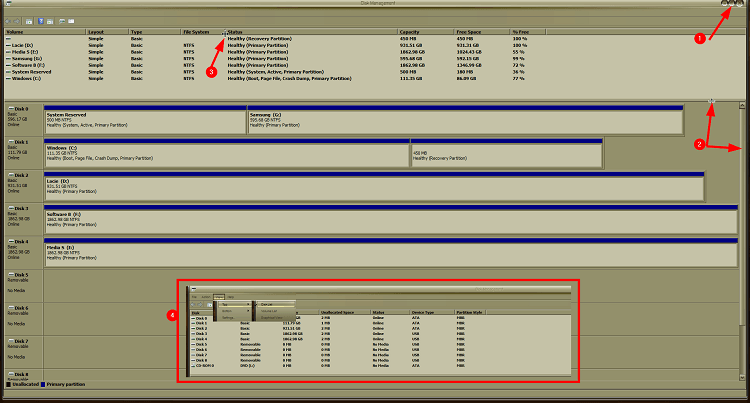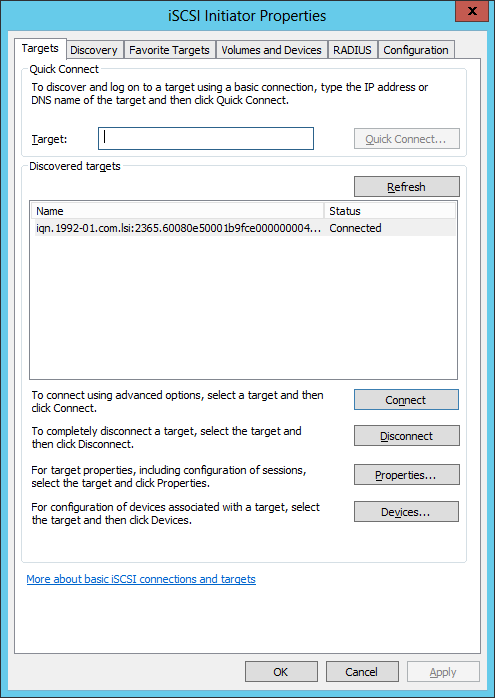
This will give them superior read performance and, more importantly, protect them from drive failure. I want them to be in a mirror for the virtual machines. The 3TB drives are completely fresh, with no data. SVSTORE has the drives from the document, but I’ve also picked up a pair of 3 TB drives (the 2TB drive didn’t make it into the screenshot). In SVHV2, I’ve purchased another 250GB drive and converted it to a RAID 1 using the BIOS (I’ve got another for SVHV1 as well, I just haven’t gotten around to rebuilding that system yet). SVHV1 is still exactly as described in the document.
#List the multipatch disk attached windows 8.1#
You must use Windows 8.1 to manage 2012 R2 servers.Īs you might have expected, I’ve modified the builds somewhat from the document. Server Manager also comes in the RSAT tools for Windows desktops. It is also connected to both of the nodes (using item 2, Add other servers to manage on the welcome screen of Server Manager). In the following screenshot, I’m looking at the Disks tab on the File and Storage Services section of Server Manager on that Windows Server. The third is running a GUI version of Windows Server and hosts the storage for the cluster. As you probably know, the systems I use for all the things I do in this blog are from our sub-$2000 cluster document. Server Manager can’t control CD/DVD drives or MPIO policies (unless I missed something) but it can do everything else. You have the option of using the Disk Management MMC console, but this is the 2012 era, and Server Manager is the current tool. However, once you’ve connected to a LUN on Fibre Channel or iSCSI storage, it is treated the same way.
#List the multipatch disk attached how to#
In this section, I intend to show you how to connect to and use local disks. 2012 shouldn’t be dramatically different, but I did not compare this to a 2012 system. Notice: All of the screenshots and procedures in this post are from 2012 R2. That work is in progress and will be published at a later date. I’ve asked Jeffery Hicks to write a matching post that shows the PowerShell equivalents. Since this post is likely to be long anyway, I’ve decided to show only GUI methods. You can use either PowerShell or the GUI. How you connect depends on entirely on how the storage is presented.

What I’m going to do in this piece is show you how to connect to storage. Now it’s time to actually get something done.

This series has talked at very great length.


 0 kommentar(er)
0 kommentar(er)
